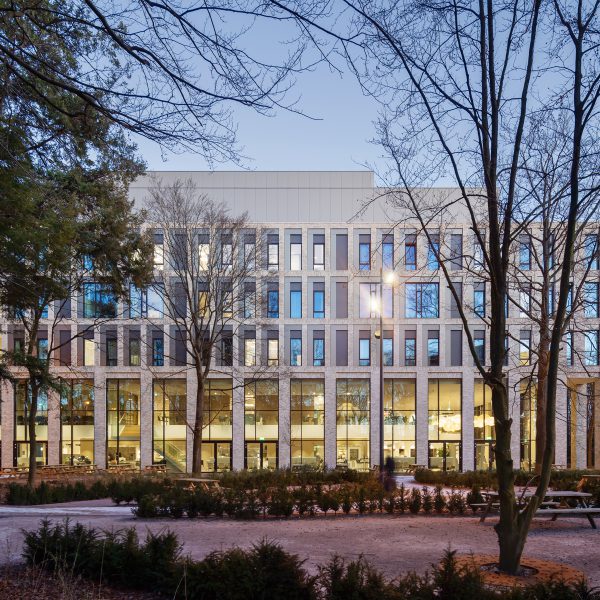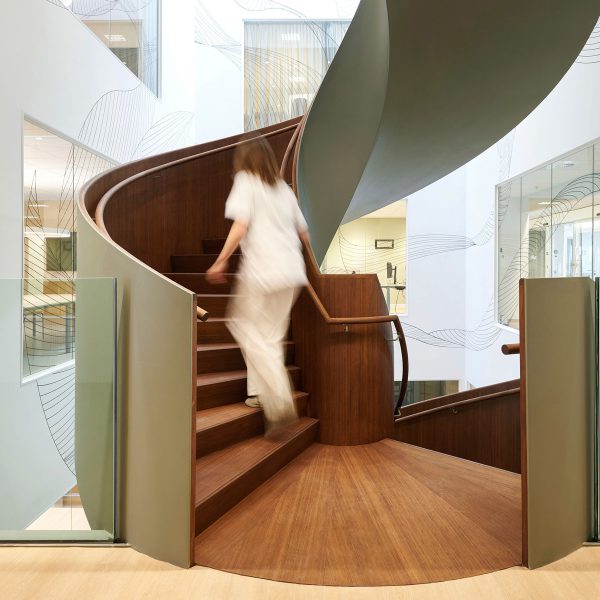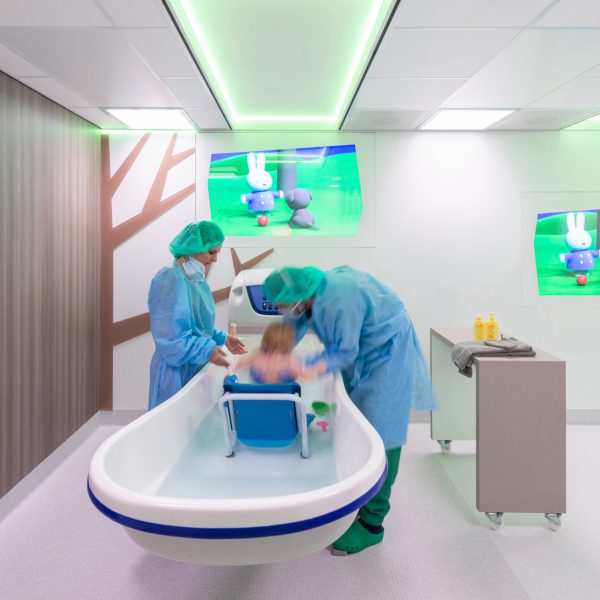Looking for a healing environment? Wiegerinck is already a step ahead
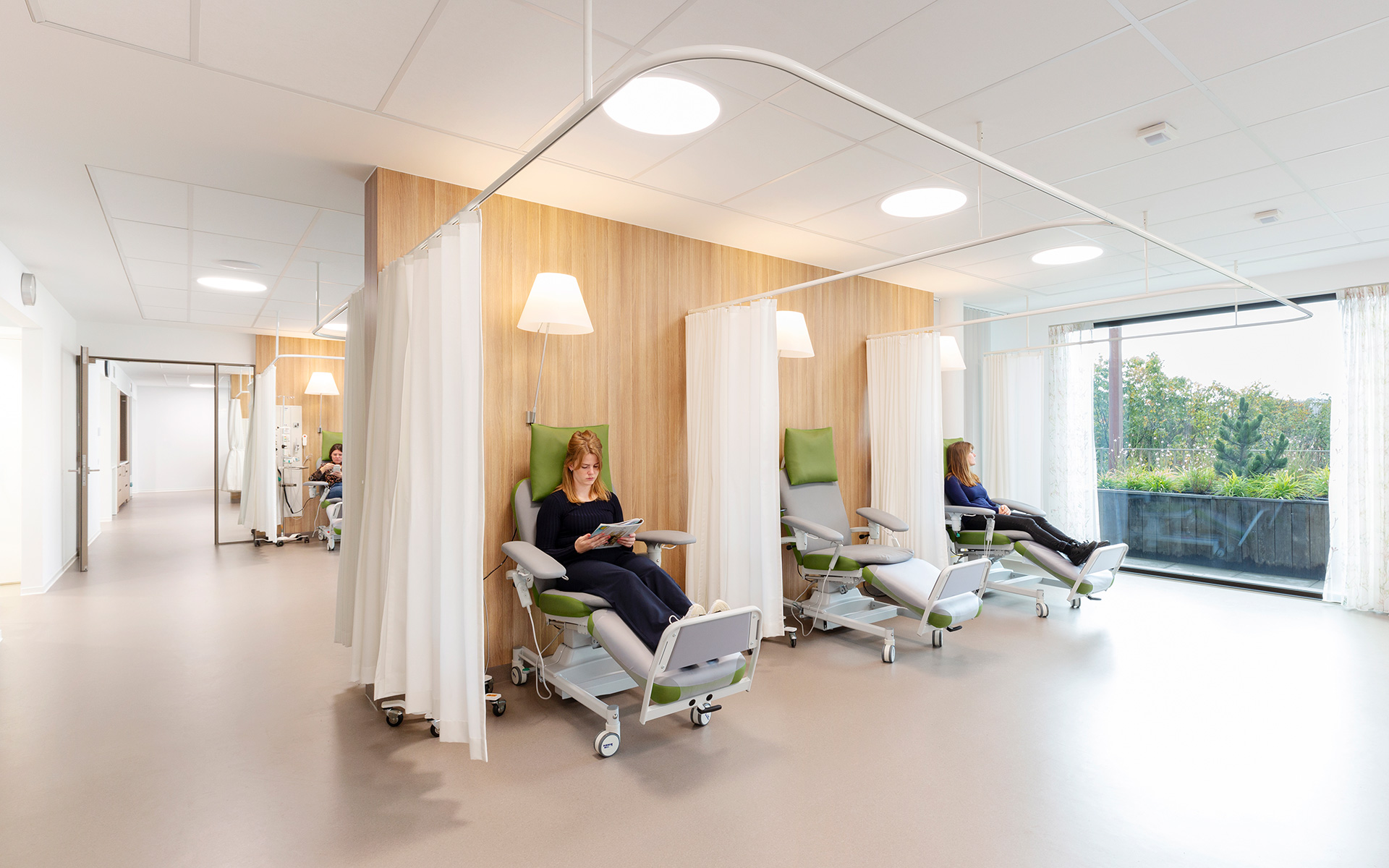
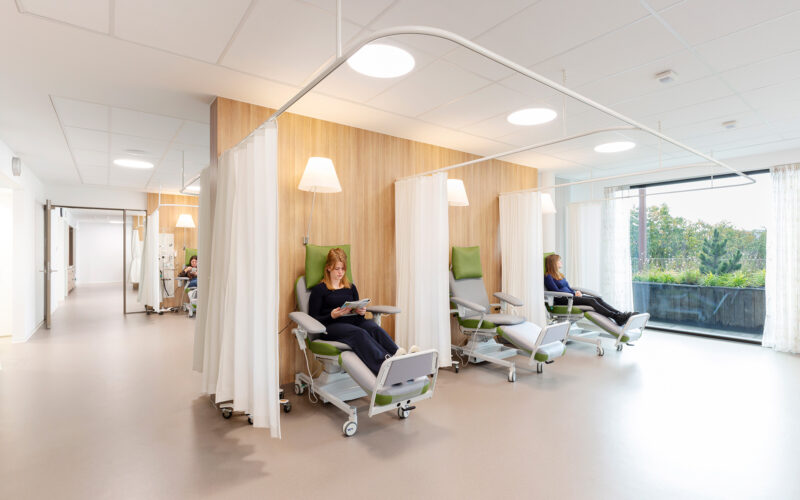
Healing environment. It’s a term that comes up a lot. And yet there is no generally accepted definition of it. So what exactly is a healing environment? Why is it so important and useful? Dr Milee Herweijer, architect at Wiegerinck, wrote her PhD thesis on it at TU Delft: Evidence-Based Design in Dutch Hospitals.
Scientific foundation
The healing environment is based on the scientific foundation of Evidence-Based Design (EBD). EBD studies the relationship between spatial aspects and patients’ health and well-being with the goal of improving patient health. Simply put: a person in hospital should not become any more ill than he or she already was at the time of admission. Therefore, preventing hospital infections, for example, is very important but so is reducing patient stress, because stress slows down recovery.
Reduce stress, promote recovery
Being ill makes one vulnerable. Not being able to meet your own basic needs causes stress. And stress adversely affects recovery, blood pressure, heart rate, number of days in bed, and the effectiveness of sleep and pain medication. There are many spatial solutions that can reduce stress and anxiety in patients. For example, a private room, a view of the nursing staff, access to safe routes, support from family, sufficient space and privacy: all these aspects speed up recovery.
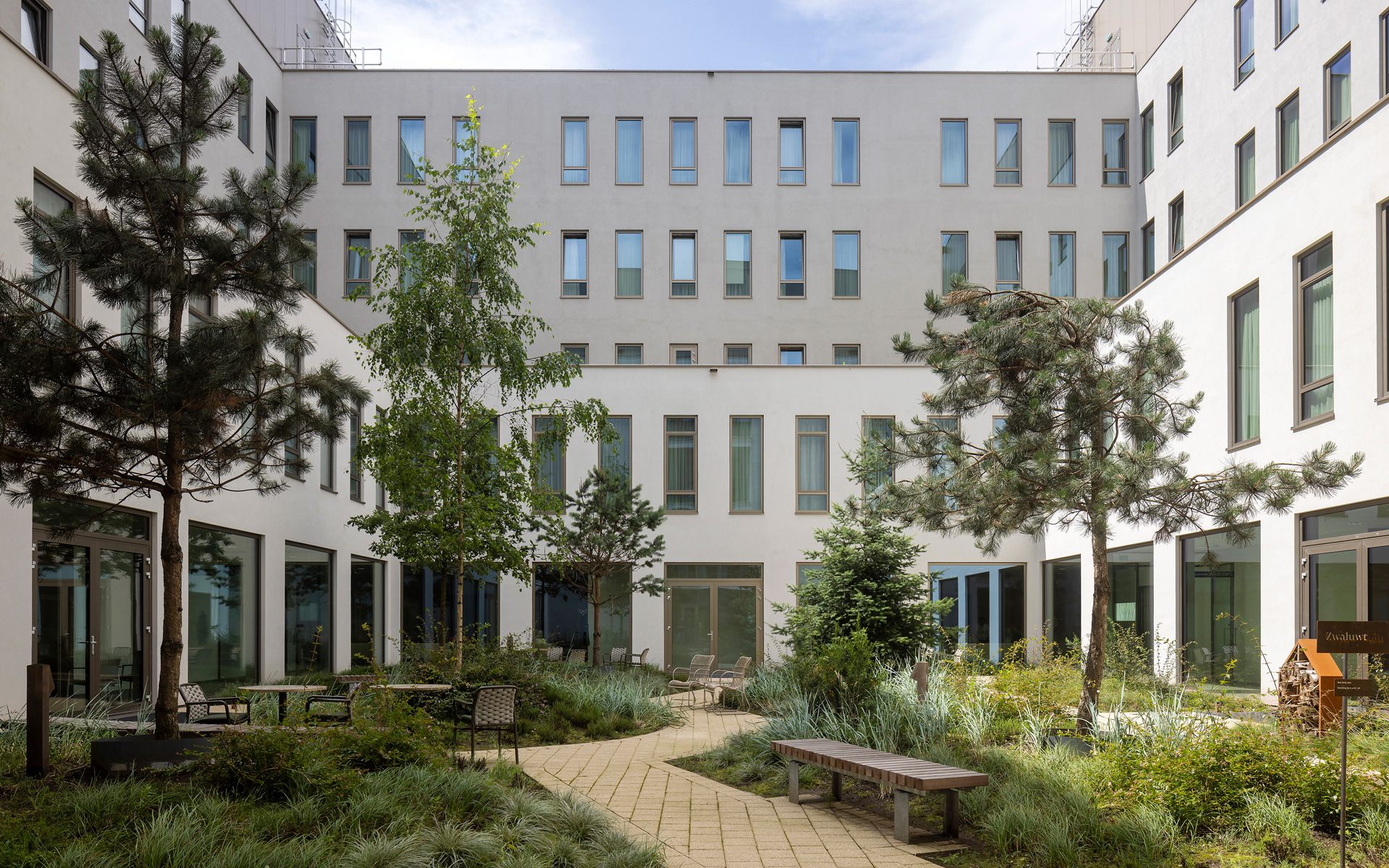
An efficient and pleasant work environment
Health care workers are under enormous pressure. Good staff are precious and hard to come by. EBD is also a valuable tool for improving efficiency and job satisfaction of health care professionals. It prioritizes aspects such as a quiet, pleasant working environment, sufficient daylight and outdoor space. It also considers factors such as shortening walking distances and comfortable break environments.
Less chance of medical errors
Including environmental factors in health care design can also substantially reduce the risk of medical errors. Acoustics, for instance, are an important consideration, as too much noise can impair the concentration of doctors and staff. Light incidence and light colour are other important factors as well.
A world to win
Herweijer analysed several Dutch hospitals in a number of case studies. Her analysis revealed that we still have a lot to learn, but we should definitely be integrating more valuable EBD knowledge into design processes. Based on our EBD insights, together we can realise positive care environments. In hospitals, nursing homes, specific departments and residential care complexes. There is so much to be gained!


